Known as the land of eternal spring, Guatemala is quickly becoming one of the most popular destinations in Latin America. The luscious, tropical and volcanic landscape of Guatemala is home to 32 different volcanoes, 250 species of mammals, 800 birds, and 8,000 higher plant species. As once the heart of the Mayan civilization and then a Spanish colony, Guatemala’s local culture is an interesting and magical fusion of traditions, tastes, and flavors and in the world of botany is considered a megadiverse country for its array of plant species.
Morning Breakfast in the Eco-Lodge by Jennifer Prince
Guatemalan cuisine blends ancient Mayan, Spanish, Caribbean, and even African influences. Some of the foods Guatemala is known for include maize, cacao, beans, chilis, corn, and tortillas. Among locals, meat stews (called caldos) and soup are the most popular Guatemalan dishes.
When exploring the local cuisine of Guatemala, you may see that some of the food resembles that of Mexico. As a neighboring country that shares the ancient Mayan culture, the food has common threads. Common ingredients that stem from the Mayans include chayote, chicory, yuca, chaya, and achiote (which were also used to color textiles).
Like any other country, traveling toward the coasts will influence the amount of fish and seafood found in the local cuisine. Meanwhile, the food in the mountainous inland regions will be served as stews or soups, which helps bring warmth during colder temperatures.
Here are some of the most Popular Guatemalan Foods to Try
Corn-based staples in Guatemala
Maize was one of the most important growing crops for various indigenous tribes throughout Latin America. The crop grew in abundance, which gave more than enough to feed communities. According to the Mayan ancient mythology, humans were born from corn.
Street Tacos by Jennifer Prince
Guatemalan Tortillas
Corn tortillas are not just a Mexican staple, they are quite essential in any traditional Guatemalan meal. Commonly described as bendable and thin corn pancakes, Guatemalan tortillas tend to be a bit thicker and are cooked flat on hot comal, or round griddle, and served wrapped in a cloth to keep them warm and moist.
Guatemalan tostadas
This crunchy and versatile Guatemalan snack is commonly served during holidays and celebrations. The deep-fried or oven-toasted corn tortillas have three different spreads, their tomato sauce called recado, guacamole, or refried beans. They are finished off with sliced onion, crumbled local cheeses, and fresh cilantro. Tostada means toasted in Spanish, hence the name.
Guatemalan enchiladas
Unlike Mexican enchiladas, this dish does not consist of soft corn tortillas stuffed and then coated with a chile sauce. Instead, this dish is quite similar to the tostadas we know of. They consist of fried and toasted corn tortillas layered with fresh lettuce leaves, pickled vegetables, ground beef, tomato sauce, and crumbled local cheese.
Homemade meal with tamales by Jennifer Prince
Guatemalan Tamales
Tamales are one of the most popular dishes in Guatemalan culture, and are emblematic in connecting many generations of the mesoamerican culture. There are a different variety of tamales to enjoy on every occasion. The dough, which is usually wrapped in banana leaves, can be made from corn, rice, or potato masa, and they can be savory, spicy, or sweet.
The most common one is the Tamal Colorado, which gets its name from the red tones from achiote, a spice and natural coloring agent commonly used in Latin America.
Chuchitos are smaller size tamales made with corn dough and stuffed with chicken or pork cooked in a tomato-based sauce called recado. Instead of a banana leaf wrap, they are wrapped in corn husks and steamed at low temperatures. Paches are potato-based tamales, instead of using maize as the dough.
Street food by Jennifer Prince
Street Food in Guatemala
The street-food scene in Guatemala is also prominent and common to enjoy. Many corn-based antojitos, like the different styles of tamales mentioned before, are found in almost every corner, as well as Guatemalan shukos or mixtas. Shukos are the local hotdogs, made with a special type of bread, and inside they have guacamole, and coleslaw seasoned with vinegar and local spices. The bread is then grilled over charcoal fire, giving it that special smoky flavor. Mixtas are similar to shukos but instead of bread, they use corn tortillas.Simple grilled elotes or elotes locos are two common snacks found on the streets. Elotes are grilled corn on the cob seasoned with lemon juice, salt, pepper. When made locos, or crazy, the option is to dress them in ketchup, mayo, mustard, hot sauce and hard cheese.
Guatemalan Soups & Stews
The most common way of cooking in Guatemala's local cuisine is based largely on the open flame. This method of cooking is over a poyo or cinder blocks surrounding a wood fire. That may explain why many dishes prepared this way are either soups or grilled meats.
Lunch is served by Michelle Margaret
Tapado (seafood soup)
This coconut seafood stew represents the Afro influences on the Caribbean coast of Guatemala. This slightly sweet stew has freshly caught lobster, fish, crab, and shrimp, cooked with plantains, yucca, tomatoes, ginger, garlic, achiote, and cilantro.
Gallo en chicha
This traditional Guatemalan and Salvadorian dish consists of gallo (rooster), cooked in chicha, a fermented corn drink. This fermented beverage used to be sold in chicherias and small stands on the road along the nation. Although the dish is enjoyed in both urban and rural areas, it takes a lot of time and it is quite complicated, so locals tend to have it only on special occasions. Gallo en perro is another traditional rooster stew, but this one is more spicy.
Pepián
Once a celebratory dish enjoyed by the Mayans, this meat dish is made with various types of native chilis and seeds along with veggies and fruit. The meal can consist of either beef, chicken or pork. Its thick consistency, earthy flavors, and rich spices takes at least 4 hours to cook. Although native chilis are traditionally used in this hearty and special dish, the stew is surprisingly not spicy, it is more bitter due to the roasted spices. The stew is served with rice and corn tortillas.
Jocón
It is not quite a stew or soup, but is a type of green sauce poured over meats, similar to chimichurri. This Huehuetenango green mole is commonly enjoyed over chicken, and its traditional recipe includes tomatillo, cilantro and sesame seeds. It is served with corn tortillas, rice, and avocado slices on the side.
Kak ‘ik
This 24 ingredient stew was also commonly enjoyed by the Mayans, more specifically the Q’eqchi community in south east Guatemala. In Q'eqchi the word ik in the dish’s name, refers to the Cobanero chiles. Traditionally, the stew is made with turkey, as it was domesticated by the Mayans, but then after the arrival of the Spaniards, chicken was commonly used instead. The stew is served with rice or steamed tamales and it is usually garnished with mint leaves.
Cocido
Translating to“cooked,” cocido is also known in Guatemala as caldo de res, and it is one of the most consumed dishes in the nation. The meat and bone broth is made and then cooked with corn, potatoes, carrots and coyote. It is enjoyed with a portion of rice, corn tortilla and avocado slices.
Guatemalan Sweets
Rellenitos
This Guatemalan version of a donut is perfect for any sweet lover. Cooked plantains mashed with refried bean paste, sugar, and cinnamon, and then deep-fried in oil. The mix creates a taste and texture similar to chocolate, but with slightly more protein.
Champurradas
These crispy and buttery cookies are the perfect complement to a cup of coffee and tea in the morning or afternoon. They can be found in all local bakeries and as they are not as sweet as traditional cookies, they are the perfect complement to enjoy at any time of the day.
After lunch offering by Michelle Margaret
Ponche
This hot fruit punch is a traditional holiday drink made with fresh and dried fruits, sugar, and spices. The common spices include cinnamon, allspice, and cloves making the taste very Christmassy.
Buñuelos
Perfect for hot and cold weather, this traditional dessert can be served on any occasion. They are fried balls of dough drenched in syrup and are commonly sold by street vendors and state fairs.
Atol
After grinding the corn to create this silky rich texture; milk, sugar, and spices are added to a heated giant pot to make this sweet and creamy corn beverage. It is sold warm in markets and enjoyed with a bit of cinnamon or vanilla. Many describe it as a hybrid between the Mexican rice drink called Horchata and the well-known corn chowder.
Arroz con Leche
This rich and sweet dessert is quite common in most Latin American countries and consists of white rice cooked in milk, sugar or condensed milk, raisins, and spices like cinnamon, vanilla, and nutmeg.
Traditional beverages
Cacao seeds by Michelle Margaret
Hot Chocolate
Traded across Mesoamerica for thousands of years, cacao is a sacred plant and spiritual symbol for the indigenous civilizations, and the Guatemalan culture. Its beans are fermented, dried, toasted, and processed into a paste so that they can be dissolved into drinks. The flavor of cacao varies according to the region, soil, and climate it grows into. Although the modern chocolate industry has been overusing this sacred plant, people in Guatemala today have become more conscious about bringing back the ritual of sourcing and drinking pure and happy cacao.
Guatemalan Coffee
The Atitlan and Antigua highland regions of Huehuetenango in northern Guatemala are in charge of producing one of the world’s best-acclaimed coffee beans – known for their full body, balanced, and rich cocoa flavor. Huehuetenango coffee beans are light or dark roasted, then graded by the Strictly Hard Bean (SHB) system, which defines coffee beans grown at elevations higher than 4,500, and Hard Bean (HB) grown between 4,000 feet and 5,000 feet above sea level. It is believed that the higher elevations of where the bean is grown, make the bean harder, or denser, which correlates to a higher quality coffee.
Coffee with a view by Jennifer Prince
One of the ways to brew dark roast Guatemalan coffee is with a French Press. The natural sweetness and flavors of the coffee are released from the bean thanks to the constant contact with hot water. Then comes the pour over brewing method, great for medium roast beans which creates a rich and complex flavor, while still hinting at the fruity and floral tones. Finally, the cold brew, accentuates the light acidity and sweet touch of the coffee.
Even though Guatemala is a country with stellar quality coffee, it was not until recent years that its own people started consuming and enjoying it. According to a report made by Anacafe, more than a decade ago, almost all of the Guatemalan coffee was exported to Europe, Northern America and Asia. Nowadays, more than 10% of the coffee produced stays in the country.
Although it is a small country, Guatemala is rich and vibrant in culture, traditions, and landscapes. Its people are heart-warming, unique, and welcoming. Although its food might seem heavy, rich, and meaty, it is still quite nutritious and can be fairly accommodated to any diet.
As it strongly relies on corned-based products, rice, and potatoes, it is suitable for Celiacs, and the vegetarian and vegan options to discover are endless.








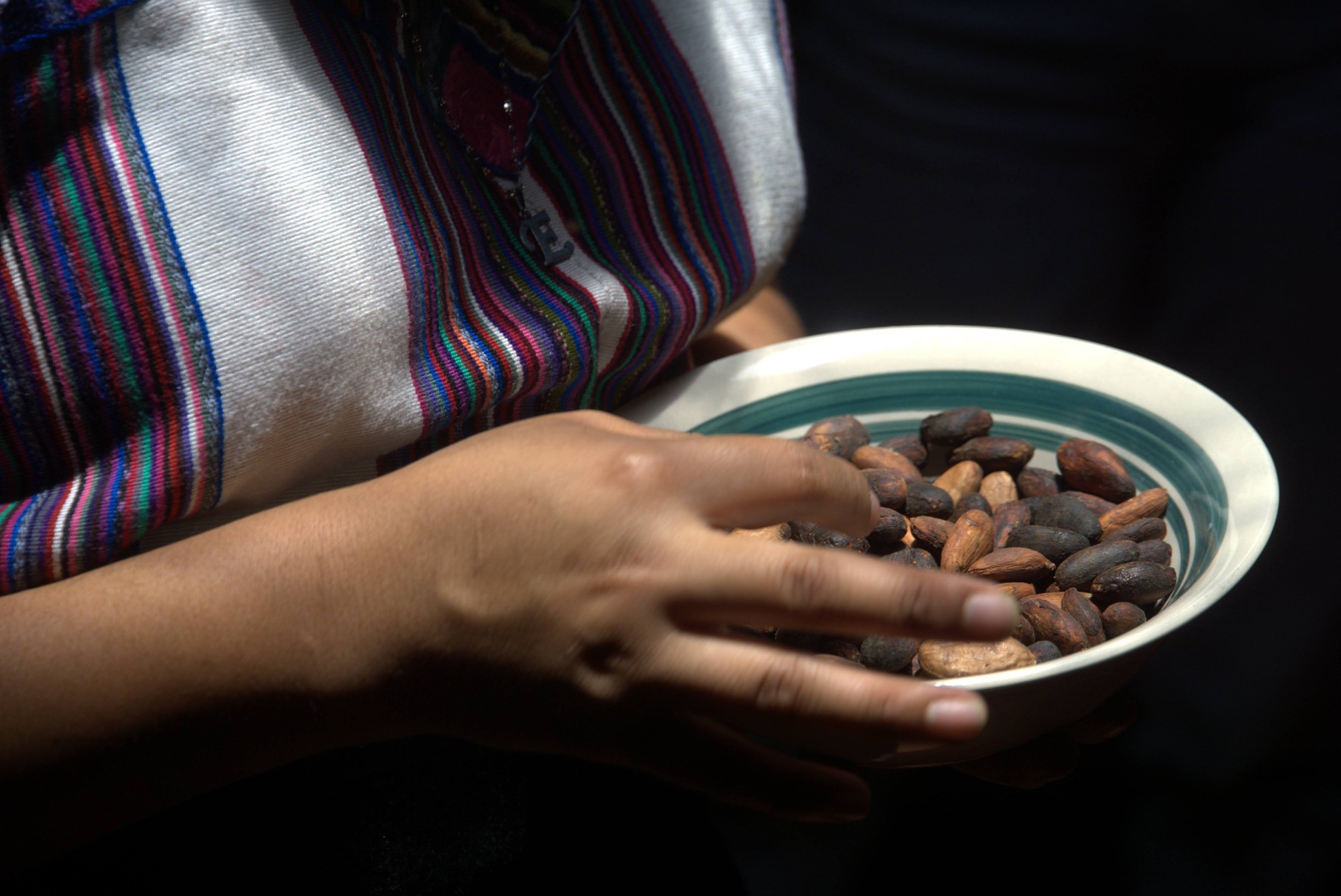



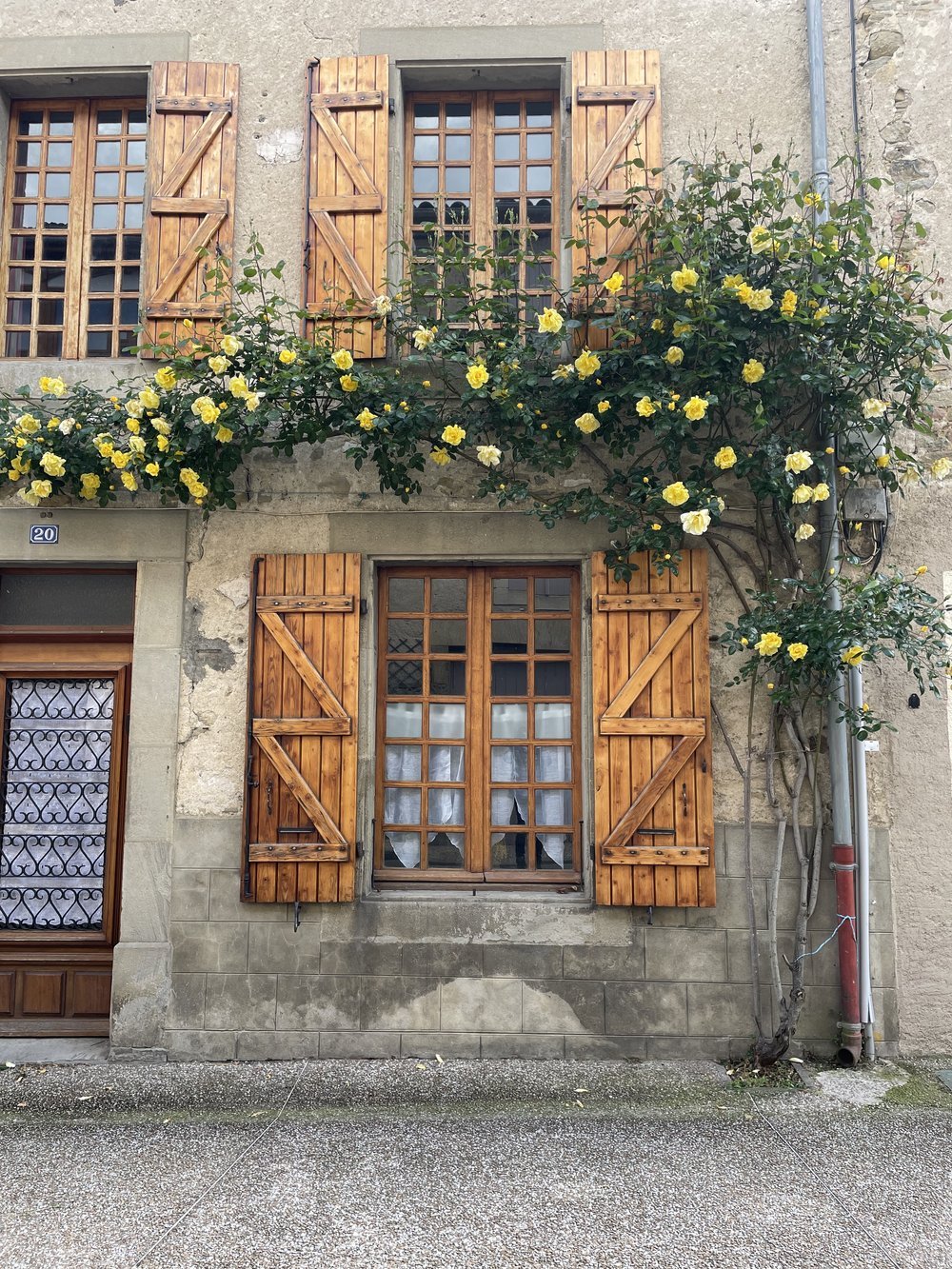

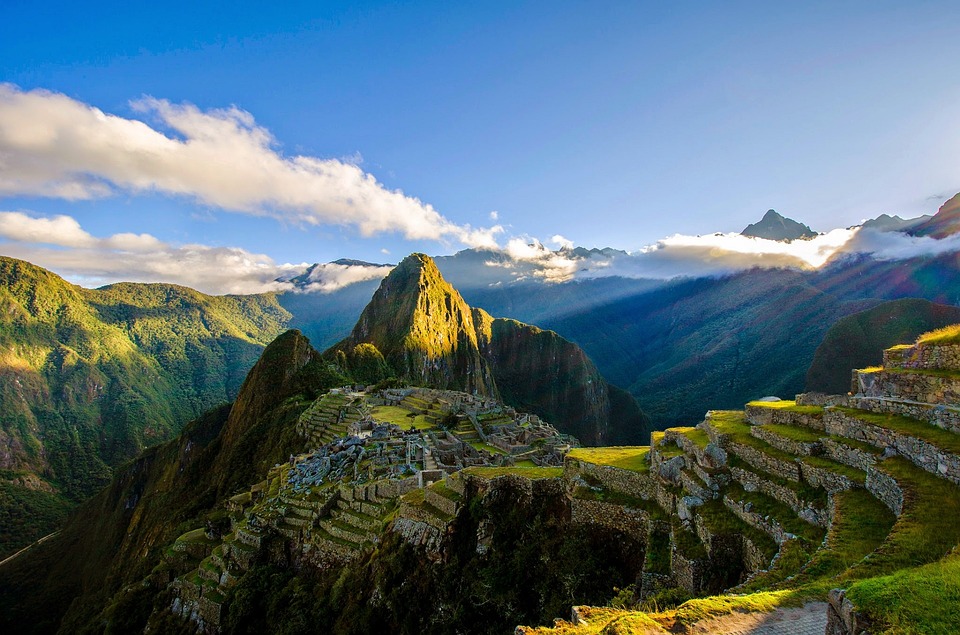


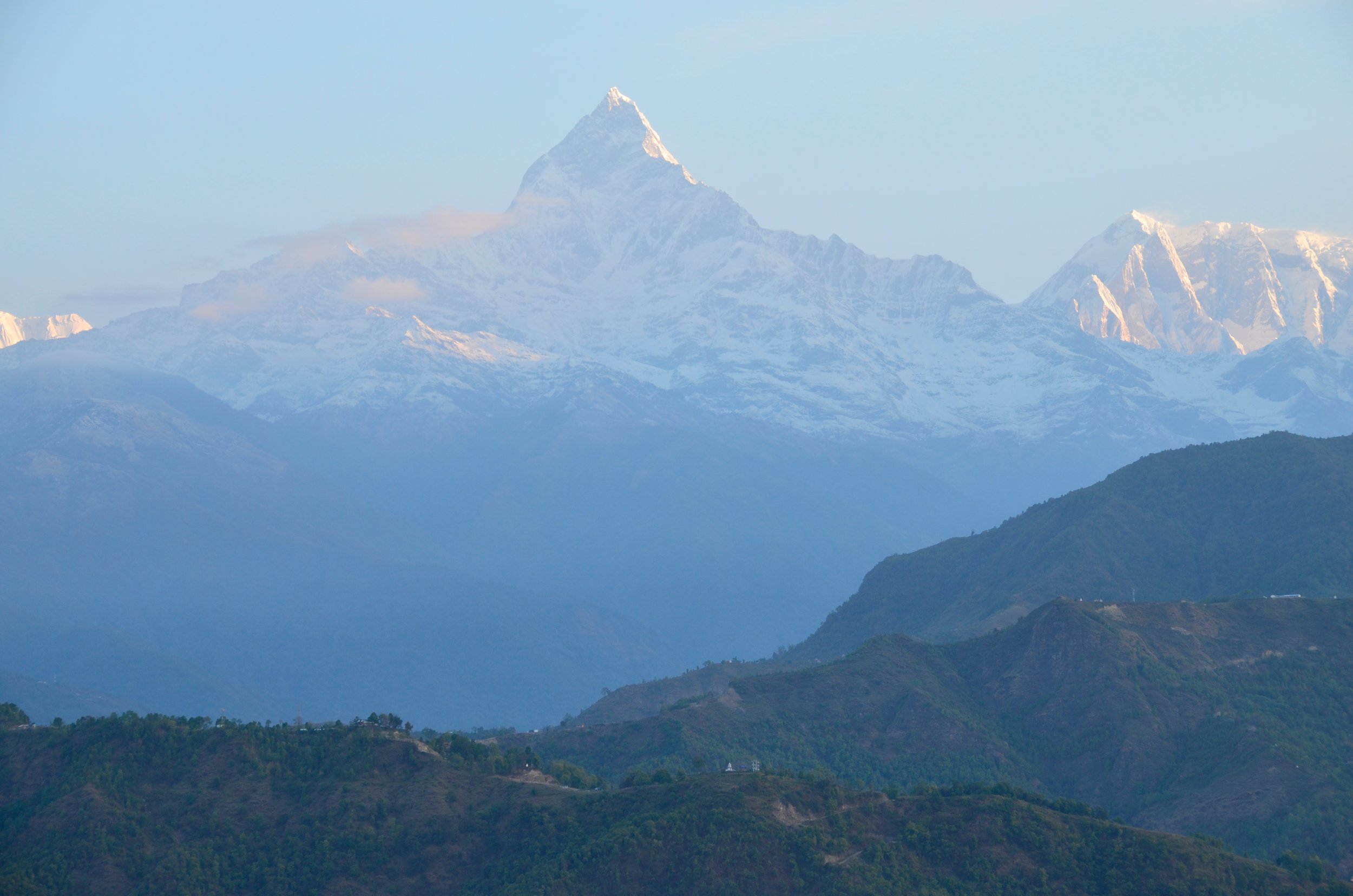






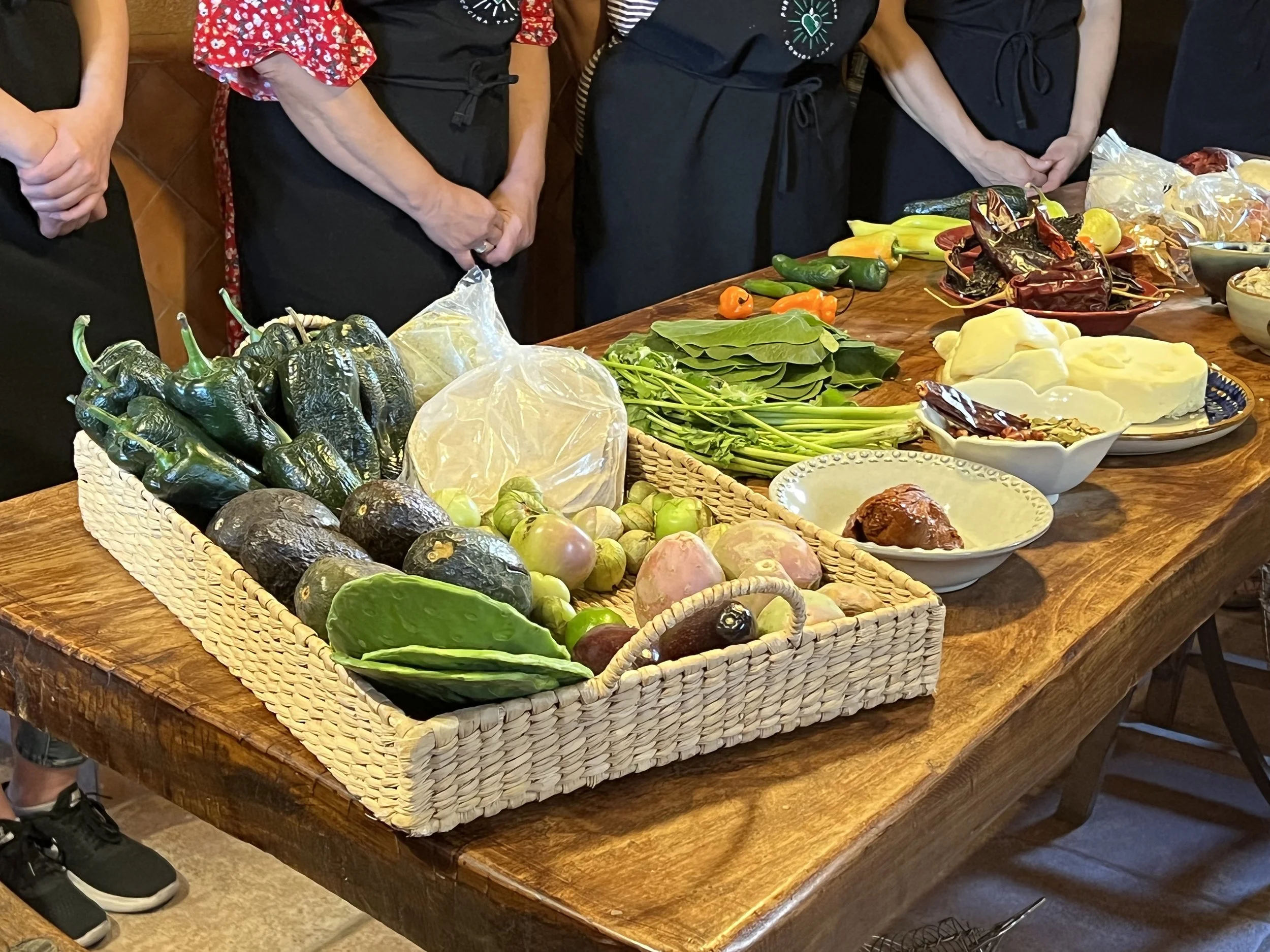







If you’re looking for the best Europe trip packing list, look no further! In this blog post, we’re sharing our comprehensive guide to packing for Europe so that you can embark on your journey fully prepared. We’re here to make sure your luggage remains light and your experiences unforgettable.